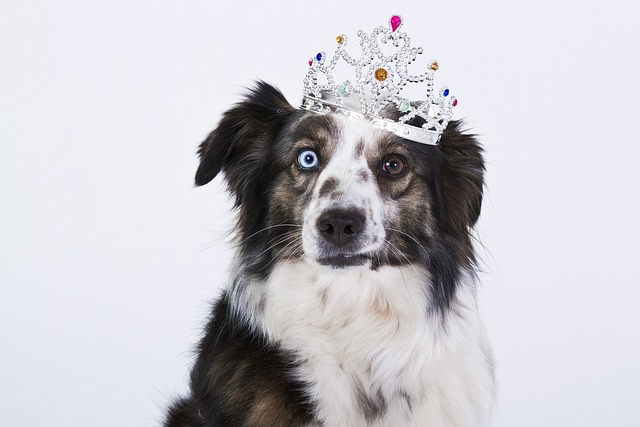
How do i train my dog to be obedient?
Watching your dog dart across the park ignoring your calls isn’t just frustrating—it can put them at risk near busy streets or public spaces.
Watching a tiny Yorkie or Chihuahua dart toward the door instead of squatting on the rug feels like a win—but getting there takes time, and every pup moves at their own pace. Small dogs, with their faster metabolisms and tinier bladders, often need more frequent breaks, which can make potty training feel like a daily marathon.
Most small breeds start showing consistency around 4 to 6 months old, but don’t stress if yours takes longer. A friend’s Maltese mix, for example, took 8 months to reliably ask to go out, while her neighbor’s Miniature Poodle had it down by 5. Puppies under 3 months can’t hold it for more than an hour or two, so frequent trips outside—after naps, meals, and play—are non-negotiable.
Stick to a schedule like clockwork. Take them out first thing in the morning, right after eating, and right before bed. Use a phrase like “go potty” each time, so they learn to associate the words with the action. When they do their business outside, celebrate like it’s a holiday—high-pitched praise, a tiny treat (think a piece of freeze-dried liver), maybe even a quick play session. Positive reinforcement sticks better than scolding, which only confuses them.
 Crate training helps, too, but don’t overdo it. Small dogs need space to move, so the crate should be just big enough for them to stand and turn around. Most can hold it longer in a crate because their instincts keep them from soiling their “den,” but never leave a puppy under 6 months confined for more than 3 hours. In places like Berlin or Toronto, leaving dogs crated excessively can run afoul of animal welfare laws, so balance is key.
Crate training helps, too, but don’t overdo it. Small dogs need space to move, so the crate should be just big enough for them to stand and turn around. Most can hold it longer in a crate because their instincts keep them from soiling their “den,” but never leave a puppy under 6 months confined for more than 3 hours. In places like Berlin or Toronto, leaving dogs crated excessively can run afoul of animal welfare laws, so balance is key.
Accidents will happen—expect them. If you catch your pup mid-act, calmly scoop them up and rush outside. Cleaning messes with an enzymatic cleaner (not ammonia-based products, which smell like urine to dogs) stops them from returning to the same spot. Never rub their nose in it; that teaches fear, not better habits.
Adult small dogs rescued from shelters might need a reset. Some come with no training, others with anxiety that leads to accidents. Be patient—they can learn, but it might take 2 to 4 weeks of consistent routines. A rescue Jack Russell I worked with took 6 weeks to stop peeing when visitors arrived; short, frequent outdoor trips and calming treats made all the difference.
By 6 to 12 months, most small dogs should have few accidents, though stress or illness can throw them off. Remember: reliable potty training isn’t just about convenience—it’s about keeping your home clean and following local laws. In many cities, failing to clean up after your dog or letting them soil public spaces can mean fines, so a well-trained pup keeps everyone happy.

Watching your dog dart across the park ignoring your calls isn’t just frustrating—it can put them at risk near busy streets or public spaces.

New puppy owners often find themselves rushing to clean up accidents before they set in, and that’s where puppy pad training becomes a game-changer.

If you've noticed your dog's waistline disappearing and your veterinarian has mentioned those few extra pounds, your first instinct might be to simply reduce the amount of food in their bowl.

Training a dog to use a designated spot indoors isn’t as daunting as many new owners fear, but it does take consistency and an understanding of your pet’s needs.

That moment of dread on a walk is all too familiar for many new dog owners. You see another dog approaching down the sidewalk of your neighborhood

If the sight of another dog on your neighborhood walk makes your heart sink as your own dog erupts into a frenzy of barking and lunging, you're not alone.